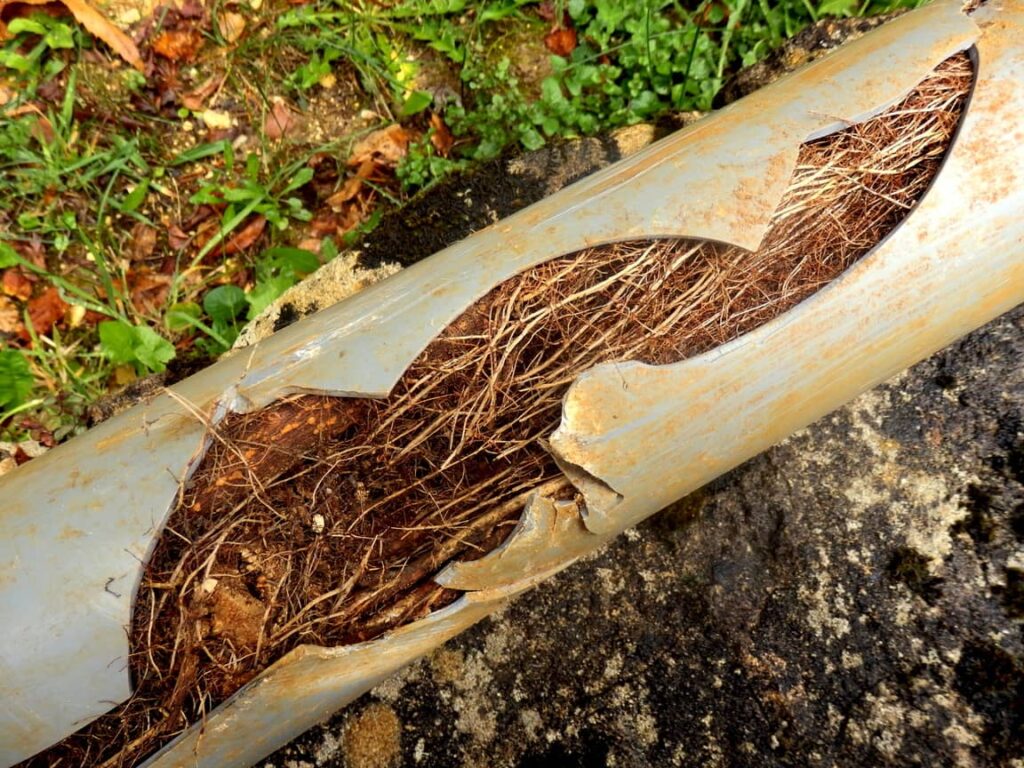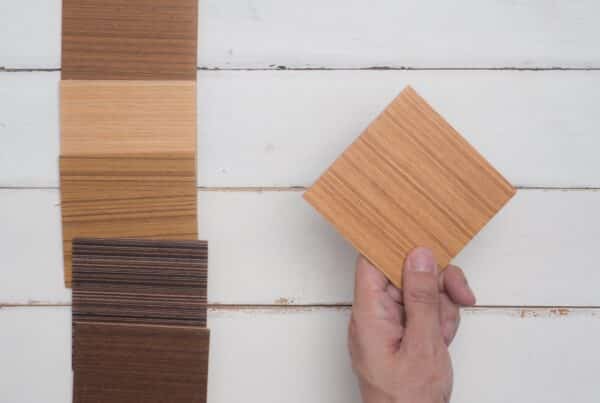
Have you ever been startled by a sudden spike in your water bill? Such surprises often point to an underground water leak, a common yet elusive problem for many homeowners. Understanding how to detect and address an underground water leak can save you from unnecessary stress and expenses.
In this guide, we’ll explore effective detection methods, key signs to watch for, and essential maintenance tips to keep your home safe and dry.
Why Do Water Leaks Happen?
One of the pivotal aspects of tackling underground water leaks is comprehending their causes. Multiple factors contribute to this common yet challenging issue. Chemicals present in soil or water can gradually erode pipes, leading to leaks that are often hard to detect initially. Seismic activities, like earthquakes, also play a role. They exert unexpected pressure on underground pipes, causing them to crack or split.
In older homes, the risk increases as pipes age. Over time, these pipes wear out, rust, and eventually give way, leading to leaks. The quality of the initial installation is another crucial factor. Pipes that are not installed correctly are more likely to fail.
Consequently, it’s essential to ensure that a professional handles your pipework. Another surprising yet common cause is the intrusion of tree roots. Trees seeking moisture can grow their roots near or into pipes, causing damage that results in leaks.

Common Signs of an Underground Water Leak
One major indicator of an underground water leak is an unexpected increase in your water bill. If your water consumption habits haven’t changed but your bill reflects a significant rise, it’s time to investigate. This often overlooked sign is usually the first clue that something is amiss beneath the surface.
Another telltale sign is a noticeable decrease in water pressure. When there’s no reported issue from your local municipality, and your water pressure suddenly drops, this could be pointing toward a leak in your underground pipes. It’s a symptom that’s easily felt and often prompts further examination.
Physical changes around your property can also hint at underground leaks. These include visible cracks in your pavement or driveway, which might suggest a pipe has burst underneath. Similarly, unexplained wet spots in your yard, especially if they’re accompanied by an unpleasant odor, could indicate a leak. The presence of dirty water or an unusual smell is often a clear sign that something is wrong with the underground pipes.
Finally, the age of your home can be a factor. Homes over 30 years old are more prone to plumbing issues due to the natural wear and tear of their pipes. Regular inspections in older homes can help catch leaks before they become severe.
Locating an Underground Water Leak
The initial step in pinpointing a water leak involves a thorough inspection of your water meter. This can provide immediate clues. If all water outlets in your home are turned off and the water meter’s leak indicator – usually a small triangle or wheel – is still moving, it’s likely you leak. For meters without an indicator, compare two readings taken a few hours apart with no water usage in between. Any increase is a sign of a leak.
Next, survey your property closely. Look for unusual signs in your yard such as unexpectedly lush patches of grass, wet spots, pooling water, or sinkholes. These changes on the surface often hint at water escaping from pipes underground.
Remember, while these steps are effective for initial detection, accurately pinpointing the exact location of a leak often requires professional intervention. Specialists use advanced tools and techniques that go beyond basic observation, providing a precise diagnosis and paving the way for effective repairs.

Recommended Maintenance
Maintaining a healthy plumbing system in your home is key to preventing underground water leaks. Regular plumbing inspections, especially for homes over 30 years old, play a vital role in identifying and mitigating potential issues before they develop into serious problems. Understanding the depth of your sewer lines, particularly in colder climates where they might be buried deeper, helps in pinpointing areas susceptible to leaks.
Another crucial aspect is the management of trees and landscaping. Choosing the right plants and their placement can prevent root systems from damaging underground pipes. Keeping an eye on water pressure is also beneficial. A sudden pressure drop could signal a leak in your plumbing system.
Educating your household on proper plumbing use is equally important. Knowing what should not be flushed or poured down drains can prevent blockages and undue stress on pipes, averting potential leaks. Additionally, keeping tabs on faucets and toilets for any signs of leaks or running water is advisable. These fixtures often reveal the first signs of underlying issues in your plumbing system.
When to Call a Professional
If you detect any of the signs previously mentioned, such as an unexplained increase in your water bill, a decrease in water pressure, or visible changes in your yard, there may be an underground leak. Additionally, if your efforts to locate a leak using the methods outlined are inconclusive, this is a clear indication to seek expert assistance.
A professional plumber or leak detection specialist comes equipped with the necessary tools and expertise to accurately diagnose and repair the issue. They can employ advanced techniques like thermal imaging, acoustic detection, and pressure testing to pinpoint the exact location of the leak. This precision not only saves time but also minimizes the need for invasive procedures like digging up your property.
Moreover, if your home is over 30 years old, it’s advisable to have regular professional check-ups as part of your maintenance routine. Older plumbing systems are more prone to leaks due to wear and tear over the years.
Conclusion
In the end, being able to detect an underground water leak is an essential aspect of responsible homeownership. Keep an eye out for key signs, such as sudden increases in water bills, drops in water pressure, and noticeable changes in your property. By staying vigilant, you can catch leaks early and prevent significant damage.
However, when in doubt, always turn to a professional for precise diagnosis and repair. For an inspection of your home’s plumbing or a comprehensive home inspection, reach out to Boggs Inspection Services today in Olympia, WA, and surrounding areas.



